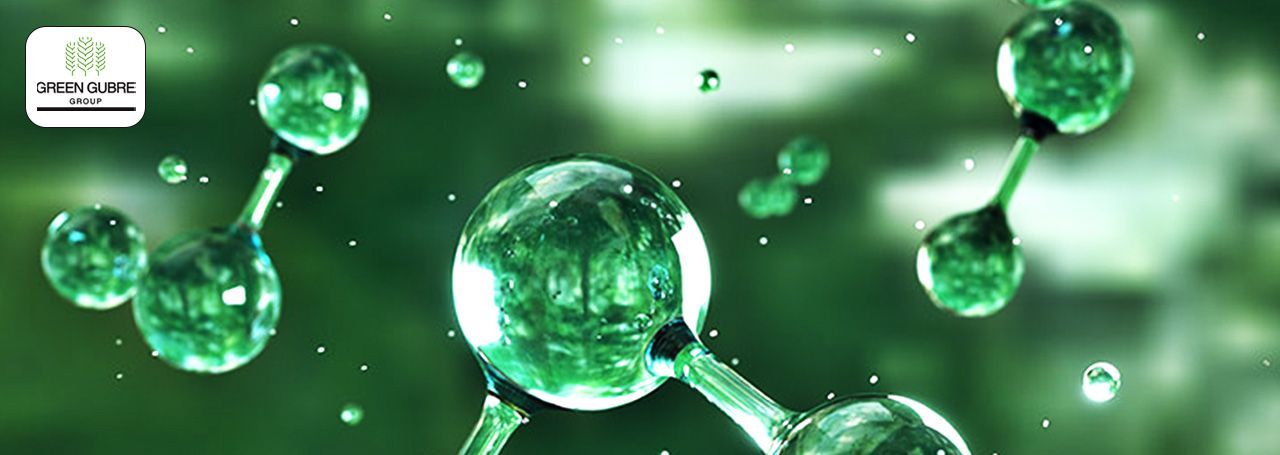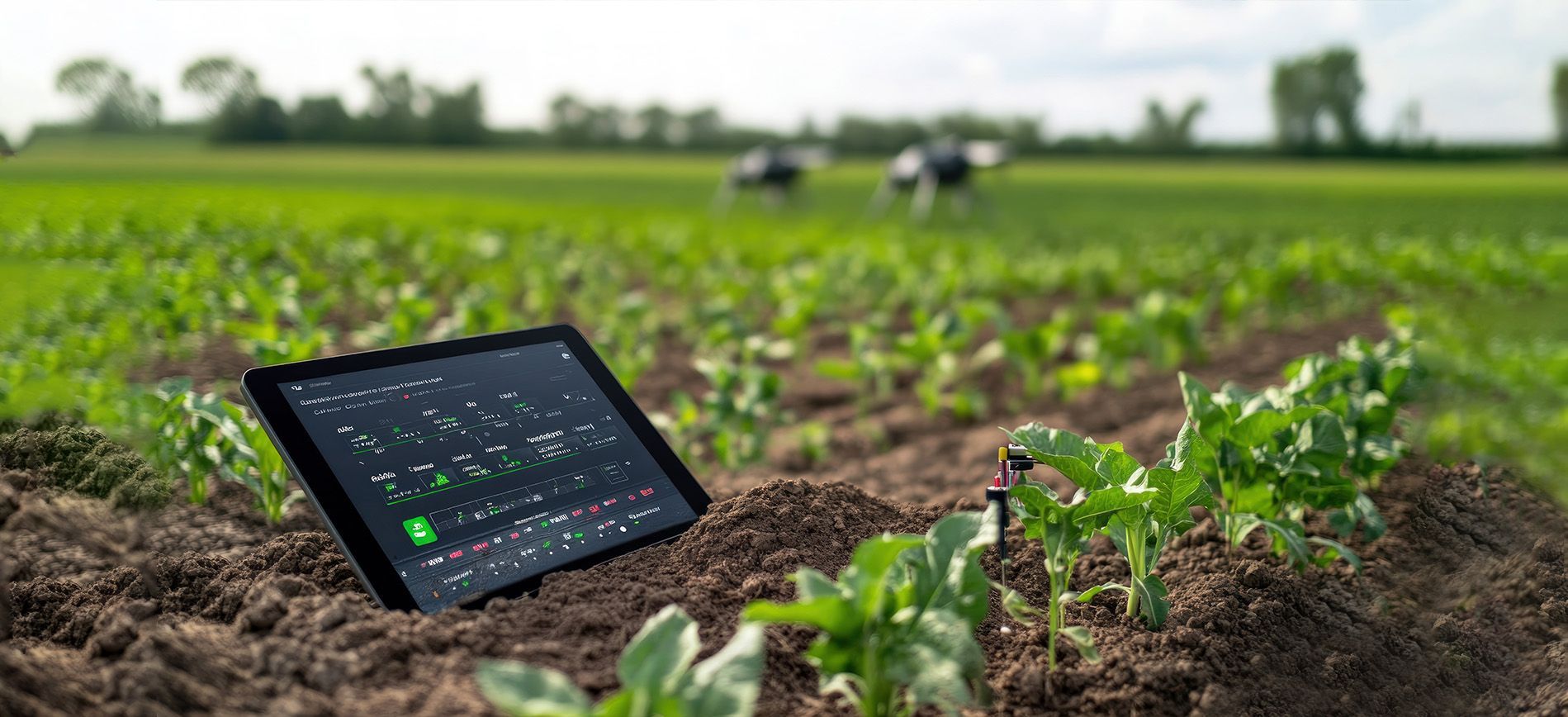Green Ammonia: The Future of Sustainable Energy and Agriculture
Green Ammonia:
The Future of Sustainable Energy and Agriculture

As the world races toward carbon neutrality, green ammonia is emerging as a game-changing solution at the intersection of sustainable energy and agriculture. Produced using renewable energy, green ammonia offers a pathway to decarbonize critical industries, including fertilizers and shipping fuels. In this blog, we explore the potential of green ammonia, its production process, applications, and how it can transform global markets.
What Is Green Ammonia?
Green ammonia is ammonia (NH₃) produced using renewable energy sources such as wind, solar, or hydroelectric power, instead of fossil fuels. The production process involves:
1. Electrolysis: Splitting water into hydrogen and oxygen using renewable electricity.
2. Haber-Bosch Process: Combining green hydrogen with nitrogen extracted from the air to form ammonia.
The result is a carbon-free product with applications in agriculture, energy storage, and fuel.
Applications of Green Ammonia
Green ammonia has the potential to revolutionize multiple sectors:
1. Fertilizer Production
Ammonia is a key ingredient in fertilizers like urea and ammonium nitrate. Switching to green ammonia significantly reduces the carbon footprint of fertilizer production.
2. Renewable Energy Storage
Green ammonia serves as an efficient energy carrier, storing renewable energy in chemical form and enabling transportation over long distances.
3. Shipping Fuel
The shipping industry is exploring green ammonia as a clean fuel alternative, with zero carbon emissions during combustion.
4. Power Generation
Green ammonia can be used in gas turbines and fuel cells to generate electricity without harmful emissions.
Market Trends: Green Ammonia on the Rise
The global green ammonia market is projected to grow rapidly, reaching USD 5 billion by 2030, with a compound annual growth rate (CAGR) of over 50%. Key drivers include:
• Decarbonization Goals: Nations and industries are adopting green ammonia to meet net-zero emission targets.
• Government Support: Subsidies and tax incentives are boosting investments in green ammonia production facilities.
• Technological Innovations: Advances in electrolyzers and renewable energy integration are reducing production costs.
Benefits of Green Ammonia
1. Carbon-Free Production
Unlike conventional ammonia, which relies on fossil fuels, green ammonia eliminates carbon emissions during production.
2. Versatility
Its use spans agriculture, energy, and transportation, offering a multi-sectoral solution for decarbonization.
3. Global Energy Transition
Green ammonia supports the transition from fossil fuels to renewable energy, addressing both energy security and climate change.
Challenges to Adoption
Despite its potential, green ammonia faces several hurdles:
1. High Production Costs
Green ammonia is currently more expensive than its fossil-fuel-based counterpart, though costs are declining with technological advancements.
2. Infrastructure Limitations
Adapting existing ammonia infrastructure for green ammonia production and distribution requires significant investment.
3. Energy Intensive
The production of green ammonia depends heavily on renewable energy availability, requiring robust energy systems.
Future Outlook: A Green Revolution
Green ammonia has the potential to transform the global energy and agricultural landscape, with industries and governments recognizing its strategic importance. Key developments to watch include:
• Scaling Production: Investments in large-scale green ammonia plants are underway in Europe, Australia, and the Middle East.
• Collaborative Efforts: Partnerships between renewable energy providers, ammonia producers, and end-users will drive market growth.
• Technological Advancements: Innovations in electrolyzers and energy-efficient production methods will accelerate adoption.
Conclusion
Green ammonia represents a critical step toward a sustainable future, offering solutions to decarbonize industries and secure energy systems. By addressing challenges and fostering global collaboration, this innovative compound has the potential to redefine the future of agriculture and energy.




